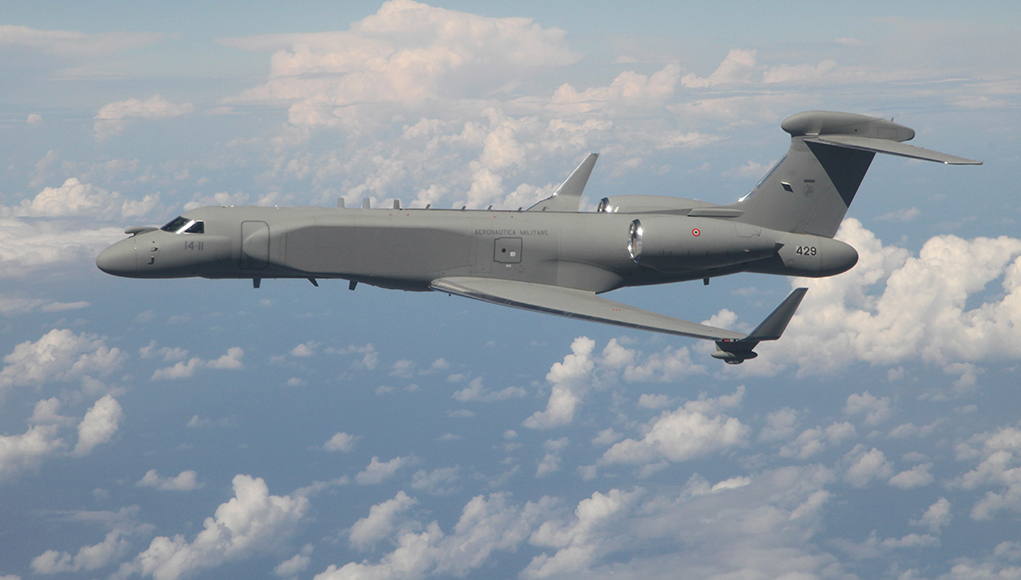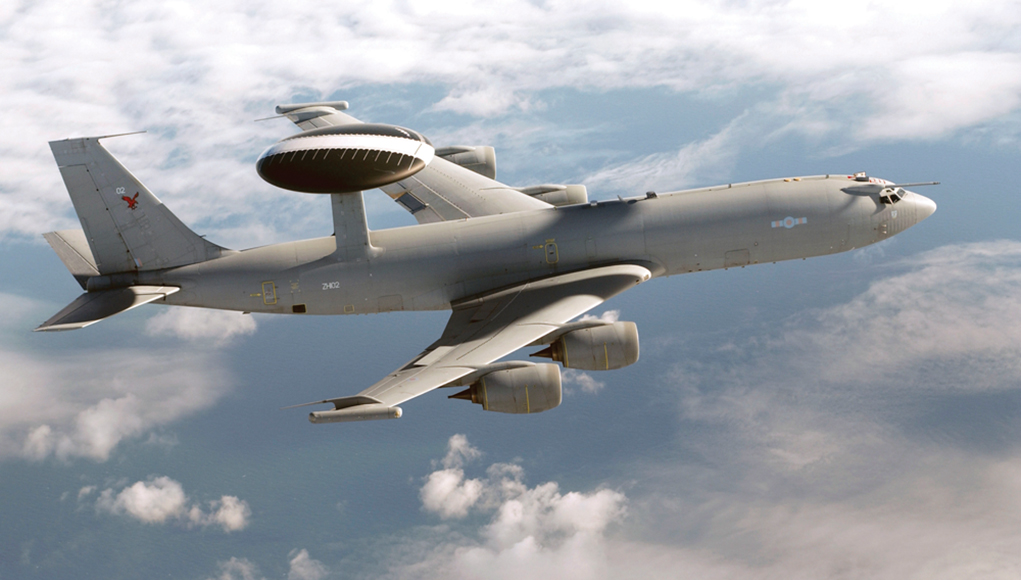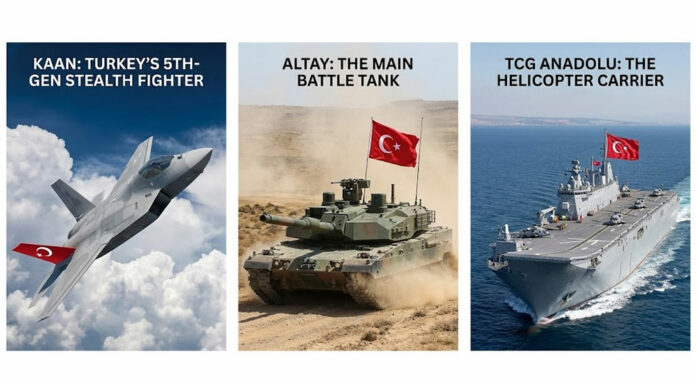The UK considers replacing the seven Boeing E-3D Sentry AEW.Mk 1 airborne warning and control (AWACS) aircraft currently in service. The E-7 aircraft, based on the Boeing 737 platform, is the forerunner for this replacement. Although the 2015 Strategic Defence and Security Review (SDSR) called for Sentry to remain in service until 2035, London plans to accelerate their replacement through via acquisition the U.S. Foreign Military Sales (FMS) G2G channel. Australia, South Korea, and Turkey currently operate the E-7.

British politicians headed by Parliamentary Defense Committee chairman Julian Lewis MP contest this plan, demanding an open competition that would allow MOD to consider other, more affordable alternatives. Among the systems that could be considered is the new Saab GlobalEye, utilizing the Canadian Global 6000 platform from Bombardier, and the Elta Systems CAEW, using the Gulfstream G550 platform, both are modern, highly efficient business jets configured with cutting-edge airborne early warning radars and supporting sensors.
This opportunity opens the door for Israel Aerospace Industries to offer the ELW-2085 Conformal Airborne Early Warning and Control aircraft, Aviation Week reports. The platform features four sensors: radar, identification friend or foe, electronic support measures/electronic surveillance measures, and communication intelligence. A fusion technique cross-correlates data generated by all sensors and is combined with an automatically initiated active search, the company says.

Planes such as the Gulfstream G550 are now rated as the platform of choice for special mission aircraft. Specially modified and equipped G550 platforms now include AEW&C, Intelligence, Surveillance and Reconnaissance (ISR), Signal Intelligence (SIGINT), Electronic Warfare (EW) and more. Such platforms offer many advantages over larger, legacy commercial airframes, such as the Boeing 707, 737, 767 and Airbus 320/330 class aircraft. IAI’s combat-proven Conformal Airborne Early Warning and Control (CAEW) aircraft have a proven record performing missions better than the bigger legacy AWACS, for longer durations, at a much lower cost.
“Radar technologies and electronics have made quantum leaps since those days regarding weight, size, power, and performance,” Avishai Izhakian, Deputy General Manager, Airborne Systems, and Radars Division at ELTA Systems told Defense-Update. According to Izhakian, today’s radars are smaller, more efficient, more reliable and agile enabling missions to be carried out more effectively over a longer range, more effectively and efficiently.
“Modern Active Electronic Beam Steering Arrays (AESA) render the distinctive rotodome redundant, introducing lighter more efficient, conformal configurations for radars, enabling the use of business jets for the AEW role,” Izhakian added. The fact that these modern radars are not reliant on the complexes of moving parts further reduce weight and improves performance. “By steering the radar beams electronically, rather than mechanically significantly faster update rates can be achieved, enabling the detection and tracking of modern threats such as fast cruise missiles and unmanned platforms,” Izhakian explained.

Based on an airframe designed for passenger comfort, operational efficiency, and reliability, the G550 CAEW offers a spacious cabin accommodating six multi-mission operating workstations, along with the power and cooling resources necessary to support all systems. An added benefit is the low cabin pressurization that is set to 5,000 ft., thus reducing operator fatigue on long missions.
As a business jet platform, CAEW can land at any airport, even on short strips, and, return on station after a short ground cycle much faster than would take to perform in-flight refueling. The quick turnaround between missions, proven operational mission readiness of more than 90 percent, and low operating costs enables users to maintain 24/7 operations with smaller fleets. Analysis has shown that a small fleet of CAEW aircraft comfortably fulfills the missions carried out by much larger legacy fleets of E-3 Sentry or equivalent aircraft.
The proven maturity, high performance, and operational efficiency position CAEW as a leading contender for the UK AWACS Recap program and other European Airborne Early Warning modernizations.




















